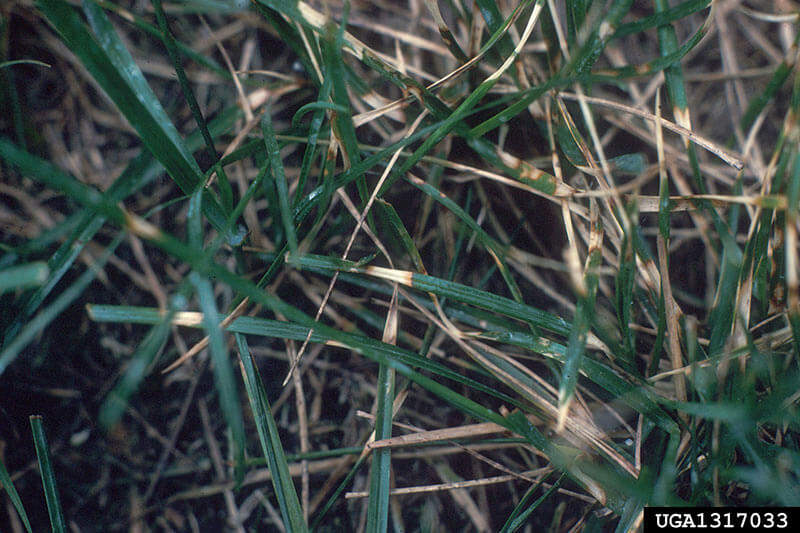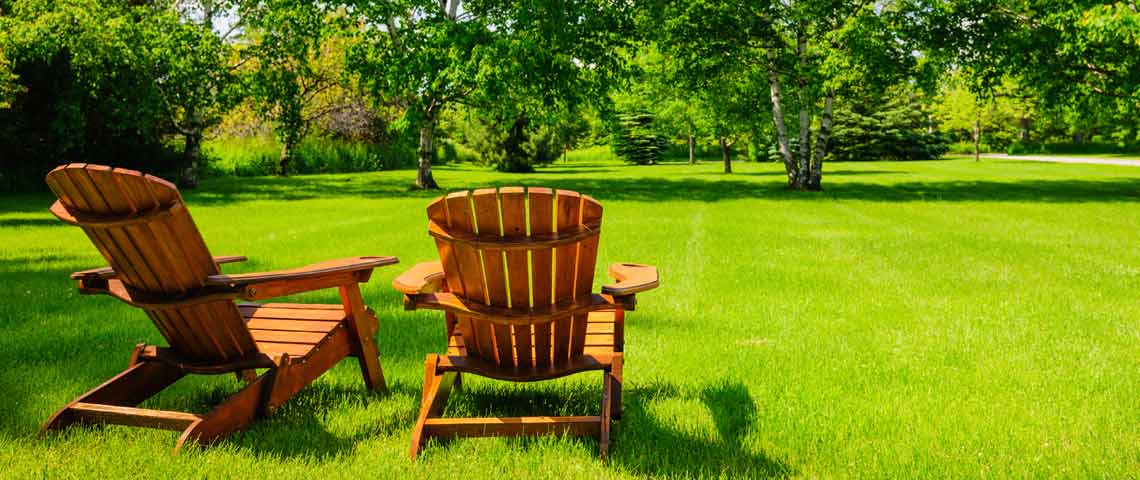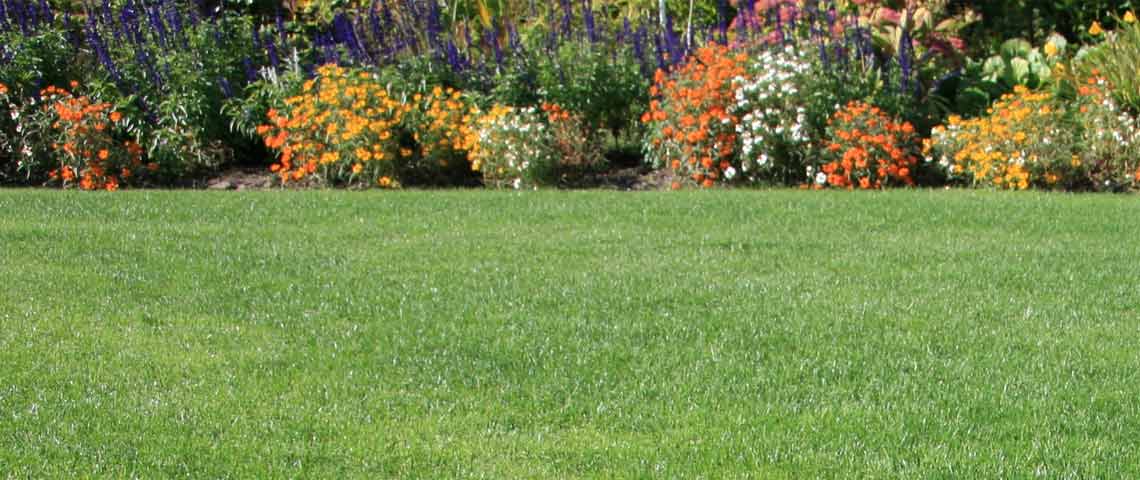How to Identify and Control Dollar Spot
When lawn disease strikes, your dreams of a thick, beautiful lawn may seem to slip out of reach. But the solution to your problems can be as simple as disease I.D. and changes in your lawn care routine. Most common lawn diseases start with fungal pathogens that can't flourish unless conditions favor their growth. With proper lawn disease identification and disease-fighting culture, you can control disease and enjoy a healthy lawn.
Active from spring through summer and fall, dollar spot disease focuses on grass leaves. Frequent hosts of dollar spot include perennial ryegrass, fine fescue and centipede grass, but tall fescue, Kentucky bluegrass, Zoysia grass and Bermudagrass are also susceptible. Late summer can be particularly tough for lawns with dollar spot.1,2
- Symptoms and signs: Grass blades affected with dollar spot look water-soaked and show yellow spots ringed in reddish brown. Yellow-tan, "silver-dollar-size" lawn spots start about 2 to 6 inches wide, but then grow into large, irregular patches. Cobweb-type growth appears between blades.
- Contributing factors: Dollar spot thrives when warm, humid days pair with cool nights. Water stress, from drought or excess moisture, support the disease. Under-fertilizing and excess thatch contribute as well.
- Cultural control: Fertilize with high-quality nitrogen fertilizers to help keep dollar spot at bay. Avoid water stress. Time irrigation for early morning to reduce the time that grass stays wet. Raise your mowing height during hot periods to limit drought stress.
When cultural controls fail to manage fungal lawn diseases, a lawn fungicide can help. As with garden fungicides, early treatment is key to preventing fungal pathogens from germinating and spreading. Sevin® 3-in-1 Insect, Mite & Disease Control Flower & Shrub Ready to Spray helps control dollar spot in lawns, while it fights listed insects and mites.
Many effective fungicides are available only to lawn professionals. Your local county extension agent is an excellent source for information on lawn fungicides and their use for lawn diseases.

For any type of lawn disease, choosing disease-resistant grass varieties plays an important role in disease prevention and control. Superior grass varieties such as purebred Pennington Smart Seed grasses are backed by decades of industry-leading research and breeding to provide you with the finest in sustainability-enhancing lawn grasses with outstanding disease resistance.
By being proactive and providing your lawn with the care it needs, you can restore balance and enjoy a thick, healthy lawn again. Pennington is here to help with timely, expert lawn advice and premium seed and lawn care products, so you can know the satisfaction of a disease-free lawn you're proud to call your own.
Pennington with design and Smart Seed are trademarks of Pennington Seed, Inc.
Sources:
- NextGen Turf Research, "Disease Overview: Turfgrass Disease," April 2016.
- Bruneau and Lucas, "Diseases of Warm-Season Grasses," North Carolina State Extension, August 1995.
Photo credit: Kevin Mathias, Bugwood.org (CC BY 3.0 US)




